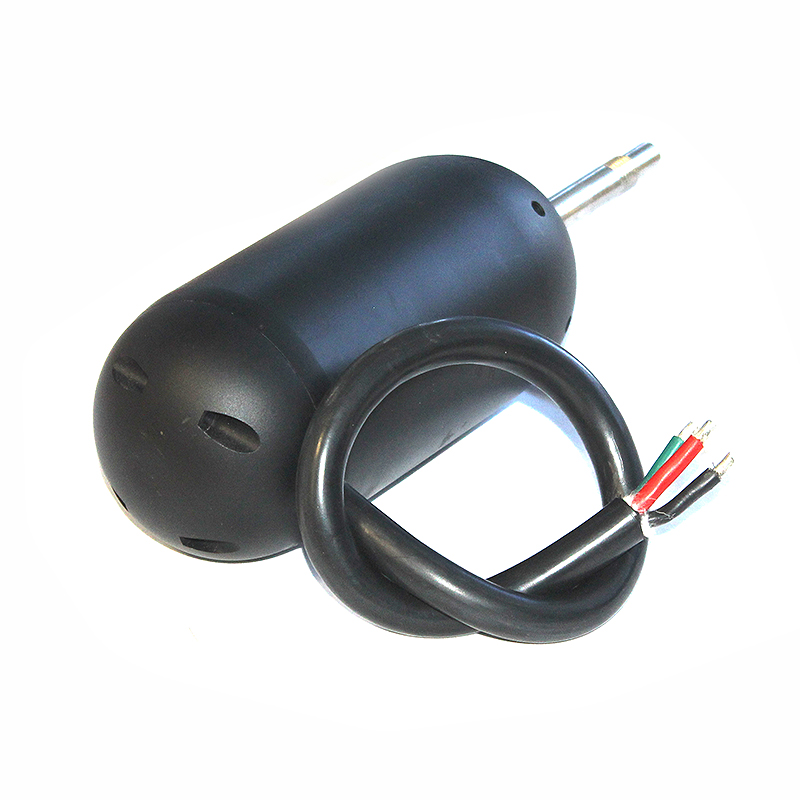7
Aug
How to Reverse a DC Motor?
Reversing the rotation direction of a DC motor relies on altering the direction of the electromagnetic force acting on its rotor, which is determined by the current direction in the armature windings or the magnetic field direction of the stator. The specific methods vary based on motor type.

1. For Brushed DC Motors
Brushed DC motors feature a commutator that automatically reverses current in the armature windings during rotation. To reverse their direction:
Reverse the armature current: Swap the two wires connecting the power supply to the armature. This changes the current direction in the armature windings, reversing the force exerted by the stator’s magnetic field.
Reverse the field current (for separately excited or shunt motors): Swap the wires of the field windings to reverse the stator’s magnetic field direction. This also reverses the rotor’s rotation, as the interaction between the armature current and magnetic field flips.
Note: Avoid reversing both armature and field currents simultaneously, as this leaves the rotation direction unchanged.
2. For Brushless DC Motors (BLDC)
BLDC motors use electronic commutation via controllers instead of mechanical commutators. Reversing their direction requires:
Adjusting the controller signal: Modify the sequence of PWM signals sent to the stator windings (e.g., changing the phase order from ABC to ACB). This alters the rotation direction of the magnetic field generated by the stator, driving the rotor to reverse.
Hardware modification: Some controllers include a direction switch or jumper to reverse the phase sequence, enabling quick reversal without reconfiguring software.
3. Key Considerations
Power isolation: Always disconnect the motor from the power supply before modifying wiring to prevent short circuits.
Load impact: Ensure the mechanical load can withstand reversal, as sudden direction changes may cause torque spikes.
Controller compatibility: For BLDC motors, confirm the controller supports direction reversal to avoid damage.
In summary, reversing a DC motor involves changing either the armature current direction (brushed) or the stator’s magnetic field rotation sequence (brushless), with safety and load compatibility as critical prerequisites.
That’s all for the discussion on “how do you reverse a DC motor.” If you have any needs for brushless motor products, visit X-TEAM to choose the products you need. Go to store.